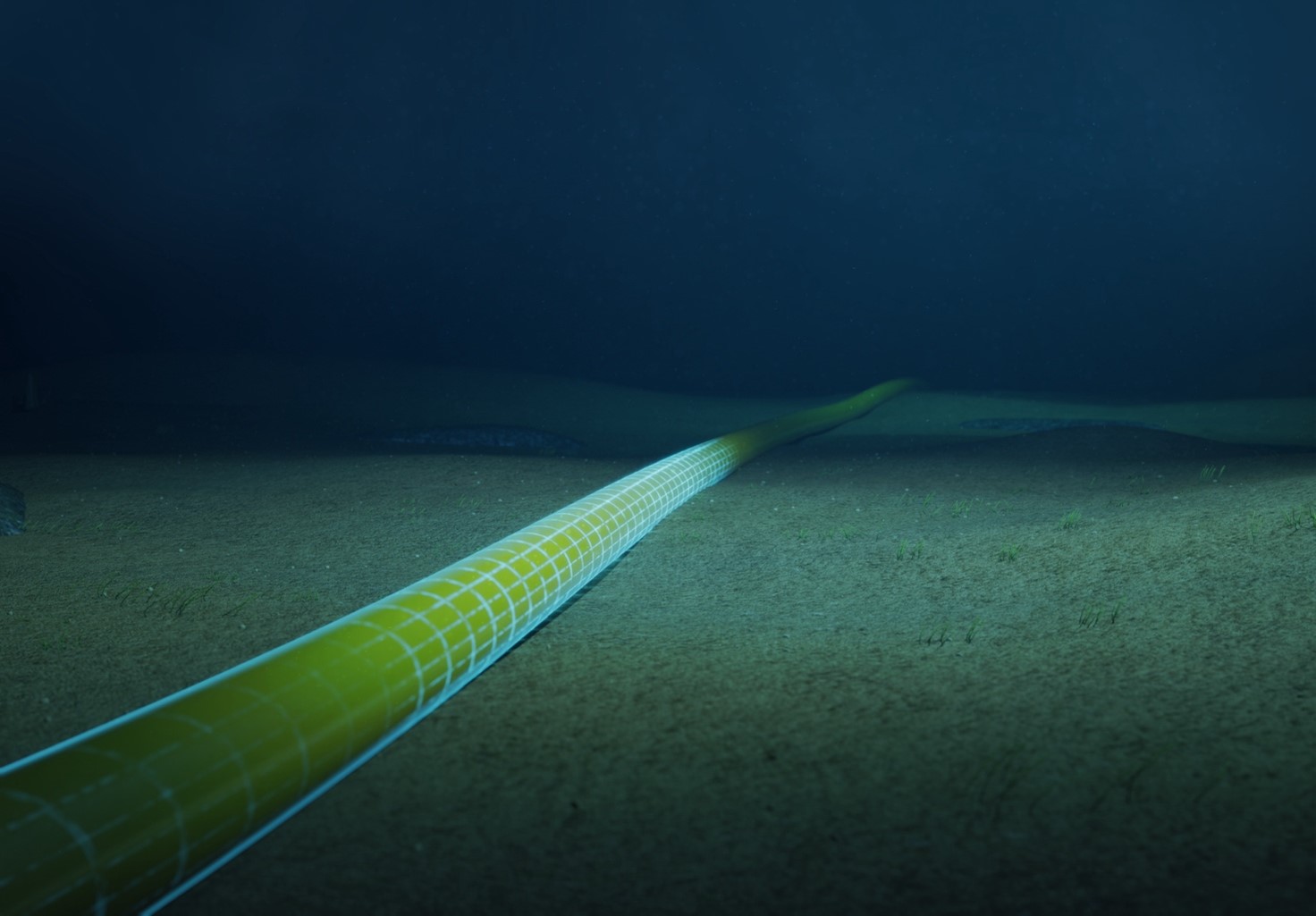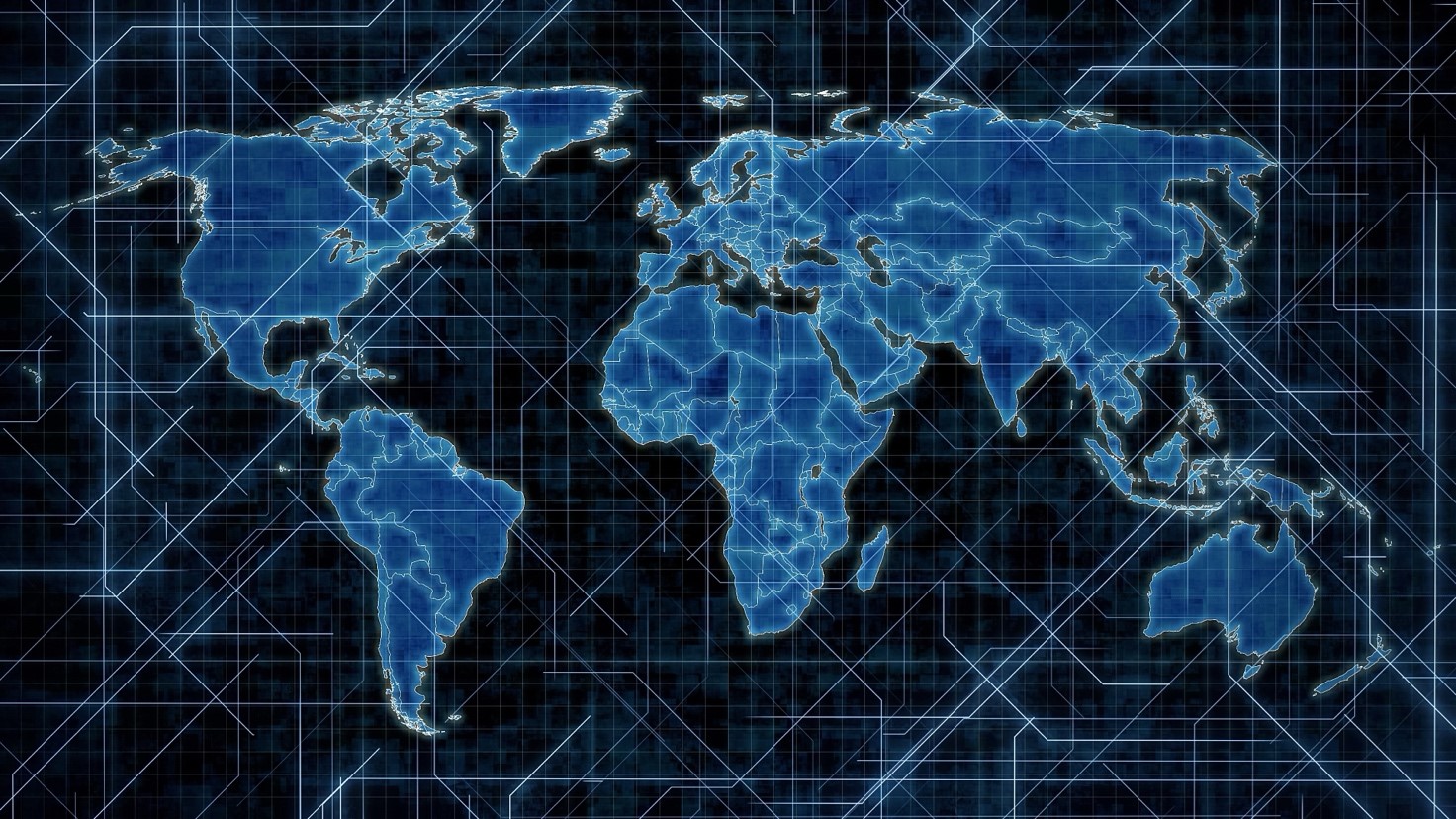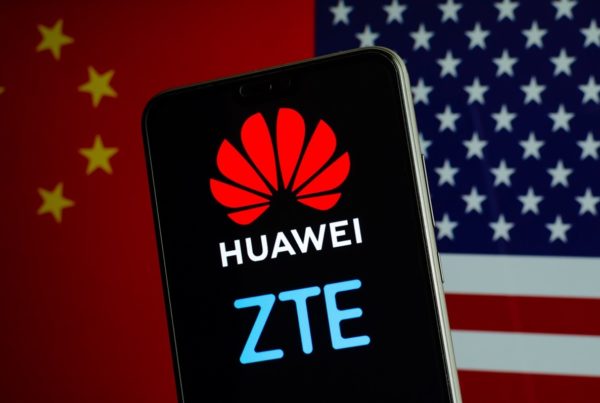An innovative and cutting-edge company, with a century long history, which has become a global TLC operator in technological fields. We might think of one of the many small and medium enterprises which have made history of Italian manufacturing in the mechanical and optical field but it is quite the opposite: that’s the story of Sparkle, global operator of TIM group, inheriting the long lasting tradition of Italcable, which was the first company to place a transoceanic cable connecting Argentina to Europe in 1923; the company is now focused on laying submarine cables necessary for transferring high speed data.
Today Sparkle owns and manages an innovative 600.000km fiber network with earth dorsal and submarine properties across Europe, the Mediterranean basin and the Americas as well as cable connecting Europe to Southeast Asia.
The company owns a global and technologically advanced network of over 600,000 km of fiber, with its own terrestrial and submarine backbones across Europe, the Mediterranean basin, and the Americas. It also owns the submarine cables connecting Europe to Southeast Asia. Moreover it operates in 33 countries providing them with a wide range of infrastructures and connectivity services – IP, SD-WAN, colocation, connectivity, IoT, roaming and voice data – to meet both national and international operators’ needs and OTT, ISP, multinational companies and media providers.
Submarine cables: a growing industry
Submarine industry is one of the rapidly growing markets at global level. Based on figures from Submarine Cable Tracker Analysis Mason, 47 submarine cables were installed last February while the remaining 21 are being studied and will be lay down within three years. 2024 success follows last year great performance when 10 new submarine cables were introduced connecting 21 countries across 7 regions.
Looking at the bigger picture, as of 2010 the total number of these cables has significantly increased with a notable growth beginning 2020. Between 2010 and 2023, Western European countries saw the introduction of new submarine cable compared to any other country: over this period 77 cables were introduced. The emerging Asia-Pacific region ranked second, with 71 cables, followed by the broader Asia-Pacific region, with 68 cables.
Moreover, 45 new cables have been introduced in North America, 44 in the Middle East and North Africa, 30 in Sub-Saharan Africa, 28 in Latin America and 7 in central and eastern Europe. The significant increase of cables deployment is mainly due to the increase in data traffic at global level: Hyperscaler like Amazon, Google, Meta and Microsoft have improved a huge number of internet data in recent years and they currently strive to get greater control of their services by investing in submarine cables. However, lot of investors are focused on investing and enhancing less developed countries to make sure they can easily access new national markets and Internet connection. These investors are also deploying new cables to implement infrastructure’s resilience in case they are damaged.
 Sparkle: dreaming of Eastern European countries
Sparkle: dreaming of Eastern European countries
Sparkle is currently thinking of a new strategy aiming to strengthen its presence in Eastern Europe, Middle East and Mediterranean regions to further implement new cables to connect Italy to other countries. As recently stated by Enrico Bagnasco, company’s CEO, “the Mediterranean represents a vital point for worldwide connectivity. The main hub connecting Europe to South-East Asia handles the highest volume of data, the highest growth rates in data exchange and lots of customers: that is because it spans over multiple countries, from African to India.” Nowadays, there are 12 submarine cables’ systems connecting Europe to the Far East of which, unfortunately, three are being repaired due to the latest events happening in the Red Sea.
Sparkle’s most notable project in this region is Blue Raman: Google, Telecom Italia, Sparkle and Oman Telecommunications are closely partnering and aim to invest about half billion dollars. The first part of submarine works – spanning over from Genoa to Chania, Creta Island – has been completed and cables, connecting Tel Aviv to Israel, will be deployed by the end of the summer. Beginning of September, additional infrastructures will be installed in the second segment of the cable: this phase will begin in Mumbai, India, and proceed backward, with the goal of reaching the most challenging area—the Red Sea—by 2025. Blue Raman cable will thus connect Italy to India going through Israel, Jordan, Saudia Arabia, Gibuti and Oman. Technically speaking, it is about a cable having 20 pairs of fibers supplementing the existing ones.
The second noteworthy project is Green Med – East Med corridor: it is about a new submarine cables’ system which will span over Adriatic Sea, connecting Italy to Croatia, Montenegro, Albania, Greece and Turkey up till Mediterranean countries. In Sparkle’s GreenMed project, an optical fiber corridor will be created to connect various countries of central Europe, Balcans and west- center Mediterranean ones, through a diversified and low-latency route. From the Adriatic coast of Italy, the system will connect overland to the digital hub in Milan and, from there, to other major European internet and cloud nodes.
Africa strive for becoming hub and reference market
Beyond the above-mentioned projects, Sparkle is focused on the African continent where it has promoted lots of initiatives aimed at increasing data traffic to and from the main countries in Sub-Saharan Africa and Southern Africa. The company has indeed signed two agreements, respectively with Tunisia and Namibia: it has recently signed an agreement with Tunisie Telecom, well known TLC operator, to provide an international IP transit service using a new route from Sicily to Milan. Under this agreement, Sparkle will provide International high-speed connectivity as its point of presence in Milan (PoP) as well as dedicated capacity on its new state-of-the-art submarine cable in the Tyrrhenian Sea, connecting Palermo to Milan.
Soon after signing the agreement with Tunisia, the company has also signed another agreement with Telecom Namibia to provide high quality services to the Equiano submarine cable (owned by Google) connecting Portugal to South Africa: the mail goal is to speed up Namibia’s digital transformation process.
 It is believed that Sparkle, sparking public interest for its strategic infrastructures, like submarine cables for data transfer, might change ownership. The company, currently owned by Tim Group, has been identified among the assets that could be sold as part of the group’s debt recovering plan. However, the sale process has not yet gained momentum. Last February, the Ministry of Economy and Finance (MEF) stepped up to acquire the company and made an initial offer of around 750 million euros which was considered unsatisfactory by Tim management.
It is believed that Sparkle, sparking public interest for its strategic infrastructures, like submarine cables for data transfer, might change ownership. The company, currently owned by Tim Group, has been identified among the assets that could be sold as part of the group’s debt recovering plan. However, the sale process has not yet gained momentum. Last February, the Ministry of Economy and Finance (MEF) stepped up to acquire the company and made an initial offer of around 750 million euros which was considered unsatisfactory by Tim management.
The Board of Director, chaired by Pietro Labriola, authorized the group’s CEO to negotiate with MEF to find a mutual agreement. At the same time, the Group expressed its intention to retain a stake in the business “for a specific period of time” to endorse the implementation of a strategic plan. However, both parties have not yet reached a satisfactory agreement and company’s divestiture is on hold. According to the latest rumors, the MEF has been joined by the Spanish private equity fund Asterion, which already controls Retelit in Italy. Tim Group might make a new offer, next July 31, which will be more profitable than the previous one.
 Final thoughts
Final thoughts
Submarine cables play a crucial role in providing people with connectivity access; as a consequence, their ownership, availability and distribution spark international stakeholders’ interest. Even Sparkel aims at this investment’s strategy and it is pretty clear that the company is moving along pathways closely aligned with Italy’s traditional geopolitical areas of interest: the Mediterranean, the Balkans, and the East. Thus, it is easy to look at GreenMed operation as a new means of extending Italy’s strategic interests into the Balkan region. Samely, Blue Raman reflects Italy’s interest in playing an active and decisive role in the India-Middle East-Europe Economic Corridor, announced on the sidelines of the G20 in New Delhi.
In this case, Sparkle’s initiative is a prelude to further geopolitical changes, with Italy potentially becoming the digital reference hub for Mediterranean countries. It is no coincidence that the company is trying to spread its influence in this area (agreement with Tunisia) strengthening Italy’s role as a key platform to connect the two shores of Mediterranean countries and, generally, Northern and Southern hemispheres.





